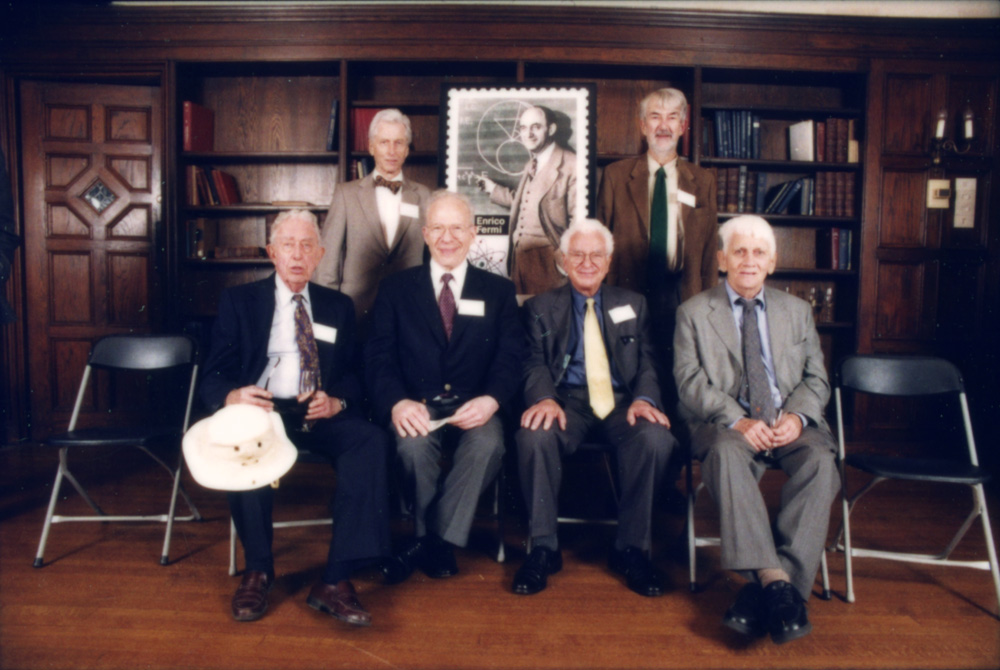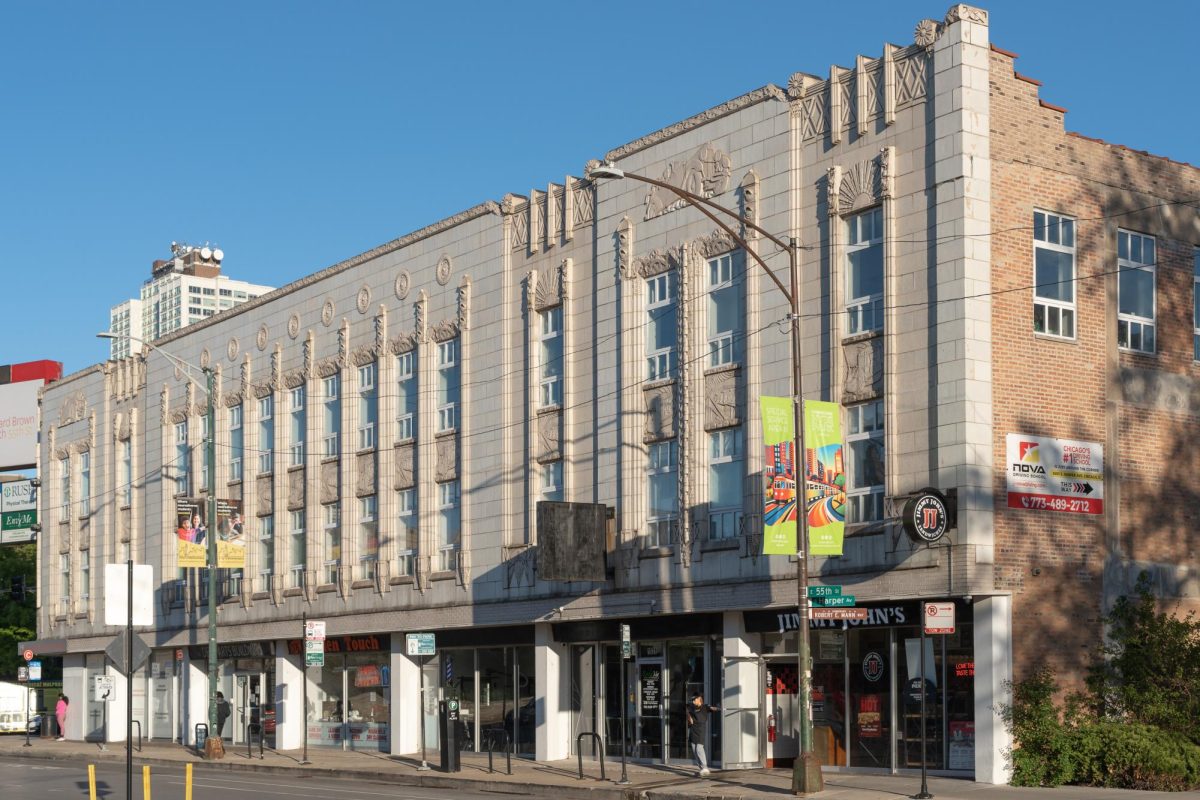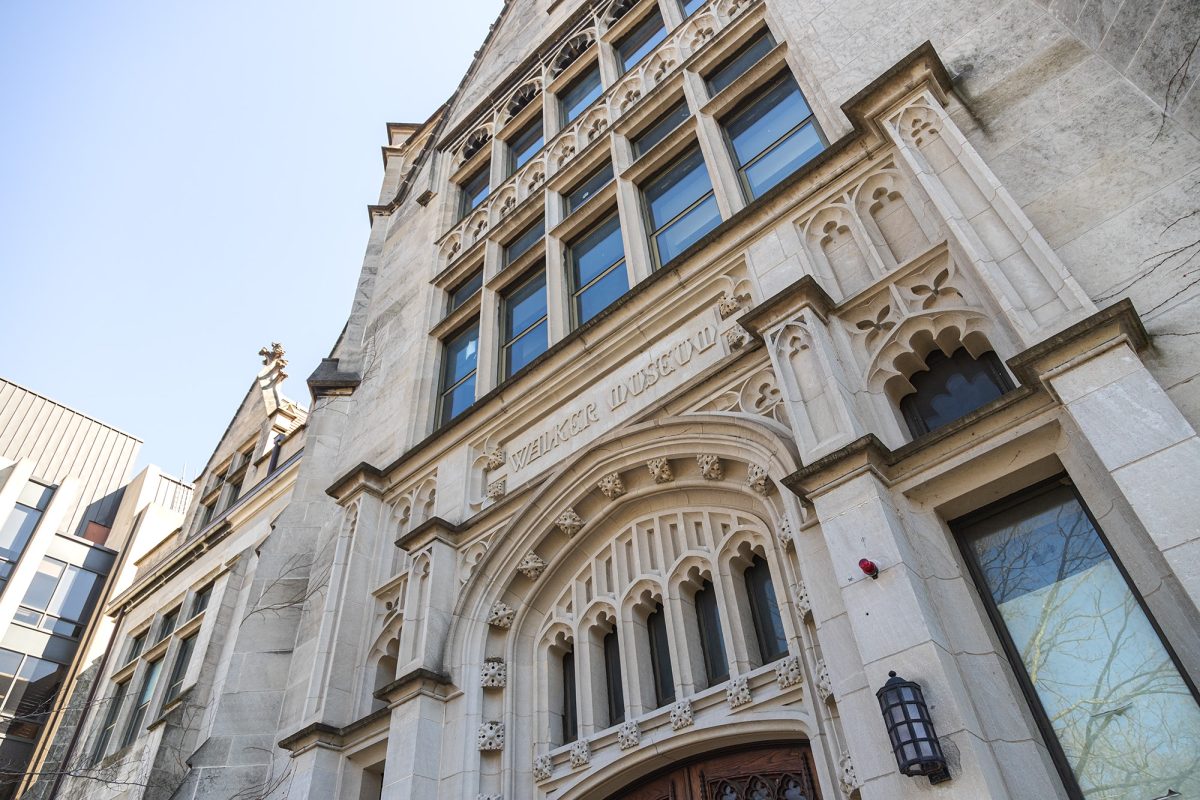I have to admit that I have somewhat conflicting feelings about this whole Uncommon application todo. Despite agreeing with Ethan that the people protesting the switch towards accepting the Common application just don’t understand the nature of the switch, I have to say that I probably end up valuing the fact that I go to school where around a hundred students would rally in front of the Administration building on a snowy Friday afternoon.A hundred students might not seem that impressive, but (1) it was snowing and freezing outside (the coldest its been this whole balmy winter), (2) it was a Friday afternoon, (3) it was the Friday afternoon of reading period (i.e. students were either at review sessions, staying warm in their dorms/apartments, or cramming for exams that are just around the corner), and (4) there were shirtless protesters running around the main quad with Uncommon spelled out on their chests, in my book that is as good as an extra hundred protesters. I’m guessing that if this protest had been at a time when students were actually on campus and the weather was half-decent, you could have been looking at a protest of a couple hundred. Anyways, back to my point though, it isn’t hard to find a school with a student body that would protest something as heinous as the repeated tasering of a student entering a library without showing his ID. It also, sadly, isn’t hard to find a student body that is quick to protest for prominent liberal causes. But, I don’t know of many schools that would rally so vigorously to save a defining aspect of a University’s intellectual/academic tradition and history (now I know the Uncommon is a relatively recent development, but for many it still represents the intellectual atmosphere at the U of C). Without a doubt, that is something I value about this school, even if I disagree with the actual stance the protesters are taking.Update: I can also think of some economic issues involved here. Agents that get so worked up about defending the intellectual tradition of a university has positive spillover effects (creates a positive externality) that every agent can value. This is very similar to an argument John Tierney made nearly a year ago in an NY Times op-ed about people valuing activist neighbors:
But when I talked to housing experts, they pointed to another message from the market: people want neighborhood busybodies. A majority of new homes in rapidly growing urban areas are in communities governed by private homeowners associations that impose much stricter rules than governments do.Some people chafe at the restrictions, but most are willing to pay a premium for them, according to a study by Amanda Agan and Alexander Tabarrok, economists at George Mason University. They found that a home in the Virginia suburbs of Washington that was part of a private community typically sold for 5 percent more than a similar home nearby not governed by a homeowners association.








